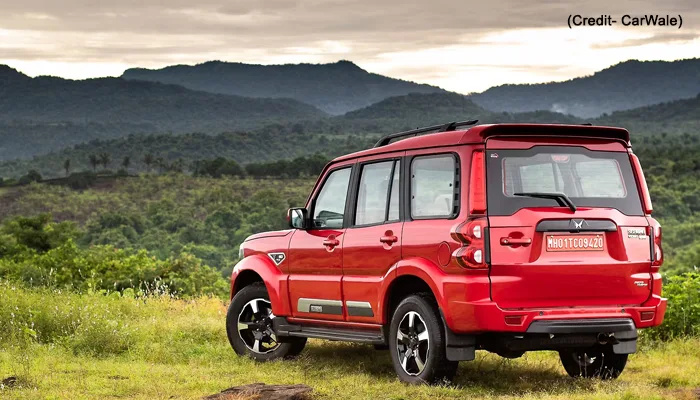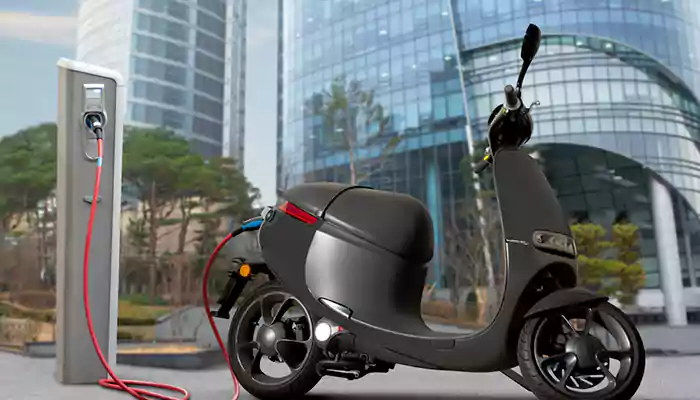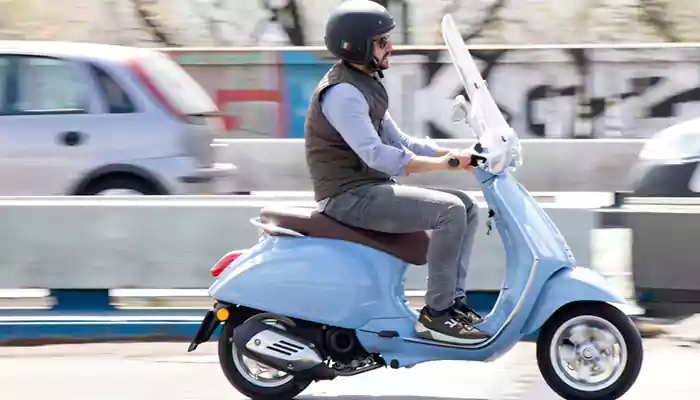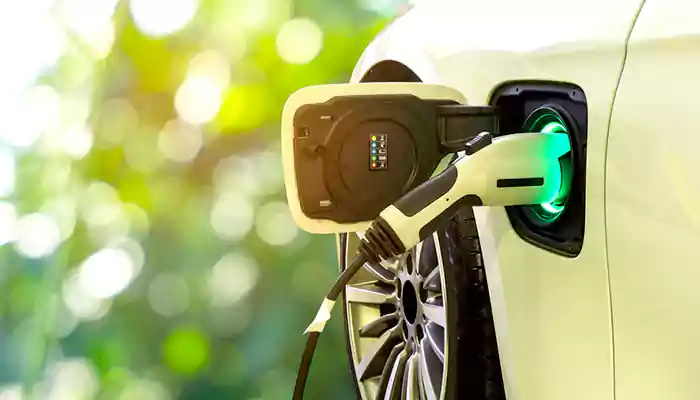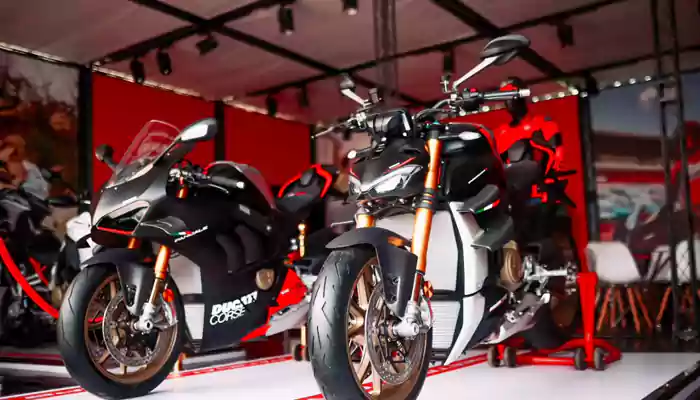
When we were kids, owning a superbike was our biggest dream. However, growing up, we realised that our dream was insensible in a nation like India.
For people like us in their late 20s or early 30s, the craze for superbikes emerged when Dhoom was released in 2004. To be honest, we did not care much about the storyline or the actors because, for us, it was all about drooling over John Abraham's ride—the red and black Suzuki Hayabusa GSX 1300 R.
For most of us, that was the year when we decided to become riders or do anything in the field of motorcycles. We also decided that one day we would have a Hayabusa, a Panigale, or maybe a Ninja in our garage.
Nineteen years later, we realise how insensible our dream was, especially in a country like India. No, do not interpret us in the wrong way. We love our nation, but when it comes to motorcycling, it is definitely not the best experience. Therefore, owning a superbike in India is a waste of finances.
No place for throttling up
Big bikes mean big numbers—from horsepower and torque over 100 to a top speed of over 200 kilometres per hour—everything is big with big bikes. The idea of purchasing a big motorcycle is to utilise its maximum potential, i.e., throttling up to make the speedometre go above 150 or 200 kilometres per hour or whatever the motorcycle's top speed is.
Sadly, in India, the maximum speed limit on expressways is only 140 kilometres per hour, and that too for cars. So, naturally, the limit is much lower for motorcycles. Breaking the limit means an illegal form of riding and welcoming the wrath of the police.
Forget speed, forget comfort
Forget speed; one cannot even expect comfort from a big motorcycle while riding in India. After all, despite rigorous efforts made by the government, Indian roads are filled with potholes or unruly speed bumps. Unless you are riding an adventure-tourer motorcycle with massive ground clearance, you are bound to scrape your motorcycle's underbelly if you are riding a fully-faired or naked motorcycle.
So, the idea of wringing comfort out of your superbike goes right out of the window. Not to forget, you definitely do not wish for underbelly scrapes because that would simply burn a hole in your pocket.
Traffic in Bengaluru or elsewhere
Having spent three years in Bengaluru, we are aware of the famous Silk Board junction traffic—a place where we had to make our motorcycle walk. Imagine getting stuck in such traffic on a superbike that weighs above 200 kilograms. It's not an ideal situation, right? You might as well skip your leg day at the gym!

The situation in other cities is no different, with massive traffic, which means you can hardly go past the second gear on your superbike. If you have ever ridden a superbike, you know it is a tough job to keep it in second gear for a long stretch. Not to forget, expect your knees and thighs to get burned, thanks to the massive engine heat. And did we mention the poor mileage? Oh boy, good luck purchasing one.
Attitude
Despite the evolution the Indian motorcycle industry is witnessing, motorcycling attitudes are still lacking in India. The moment you get a superbike, you become the bad boy of society. On top of that, in case you are fully kitted out with safety gear, people will take you as a road racer.

(Credit- Car Blog India)
The attitude of the police is also not on the mark. Whenever they spot a superbike with a fully-geared rider, they stop them and try to impose unnecessary fines on them. On top of that, in case you are ever involved in an accident, the blame game begins, and you are the culprit, even if you are on the right side of things.
Maintenance and spare parts
Superbikes do not require regular servicing like average commuters. They have long service intervals, but when they need servicing, expect a bill of over INR 20,000. In short, maintenance is expensive, so simply purchasing a motorcycle by investing your hard-earned money is not enough.
On top of that, the availability of spare parts is a significant headache. If your motorcycle's parent brand cannot bring spare parts, your only option to source spare parts is from OEMs and foreign countries.
The game of 400cc
So finally, we come to this juncture where we need to decide, if not big superbikes, which one? In our book of thoughts, the 400cc segment is the best for a rider in India. Our nation has a considerable arsenal of 400cc motorcycles across categories such as sports, naked, and adventure-tourer.
400cc motorcycles are fast enough to do 120–130 kilometres per hour constantly on the highway without breaking a sweat. They are good enough for daily commuting, given the less weight and the decent mileage of 28–35 kilometres per litre they churn out depending on your riding style.

The cost of servicing also falls between INR 4,000 and INR 6,000 in case you opt for a premium ride like Kawasaki or Aprilia. In case you settle for Indian motorcycles, let us say the Bajaj Dominar 400, the service cost is around INR 2,000. So you see, 400cc is the sweetest deal in the Indian motorcycling ecosystem.
It is fast if you want it to be, easy to ride, and less stressful on finances, leading to a happy life.
Superbikes? Yes, buy one, but only if you have a salary of two lakh or above per month, and even then, you are not the sole earning member of the family, and you also have a spare motorcycle in your garage for daily commuting.

And what about riding those monsters? Stick to night rides, track rides, or occasional highway rides to some of the remotest places! They are trophies you flaunt on social media or at motorcycle events, not for riding every day.







